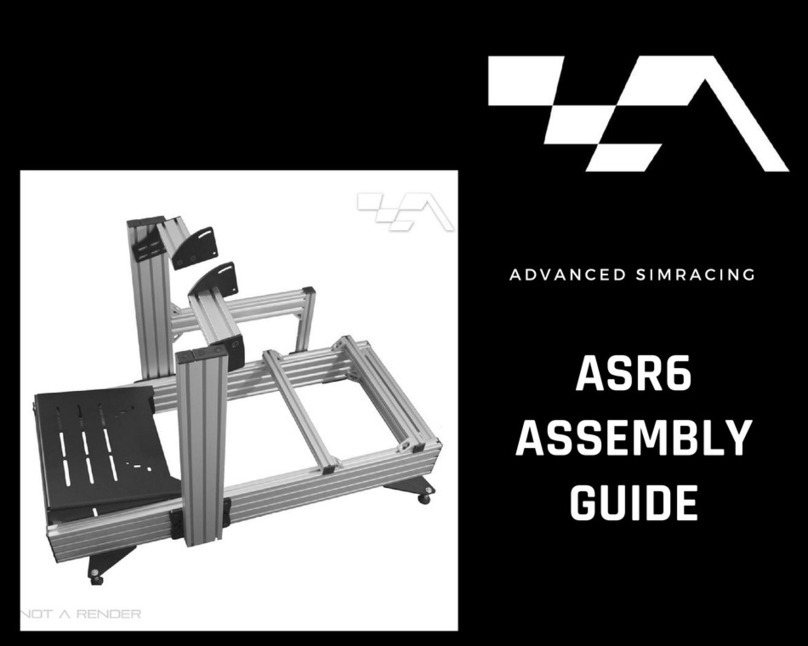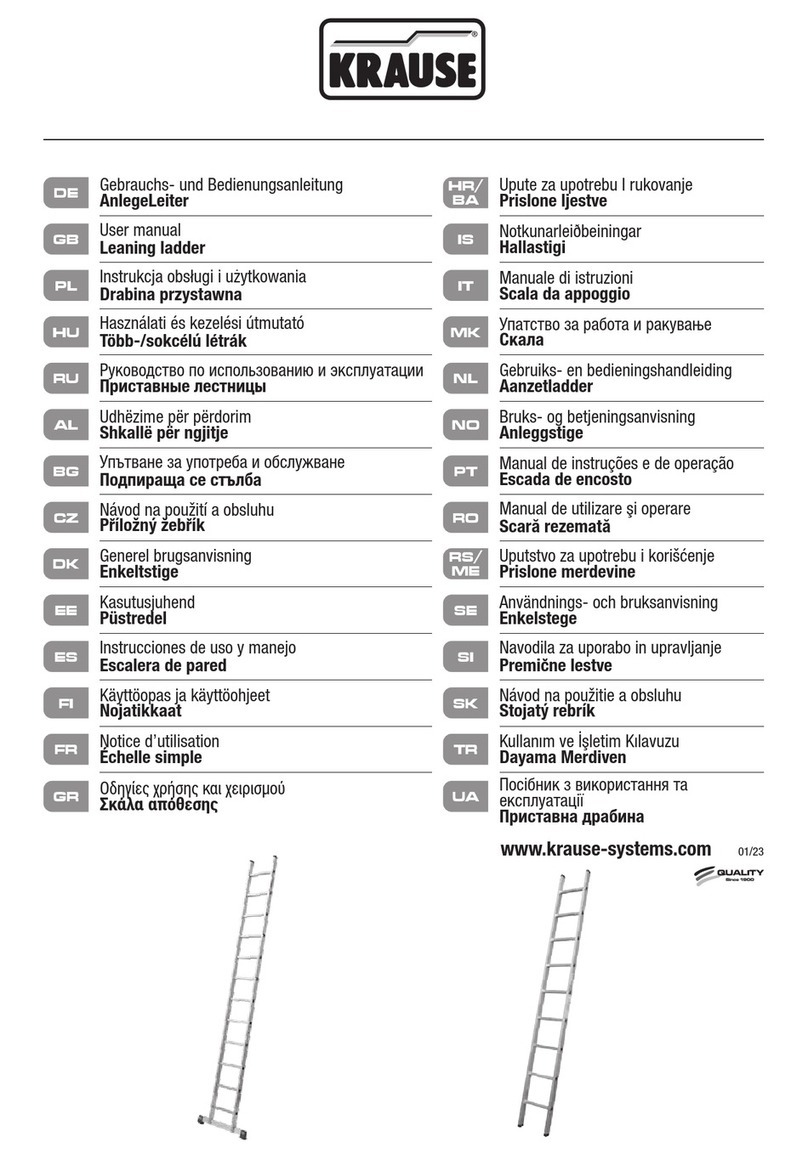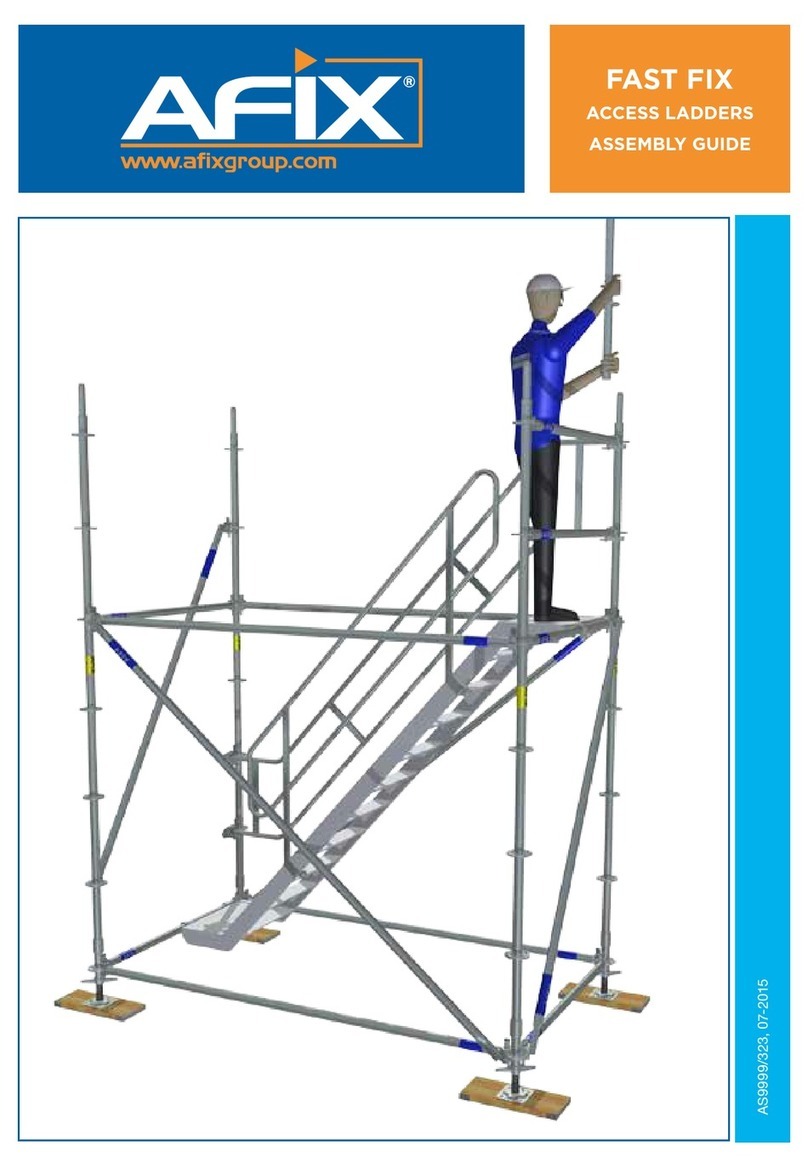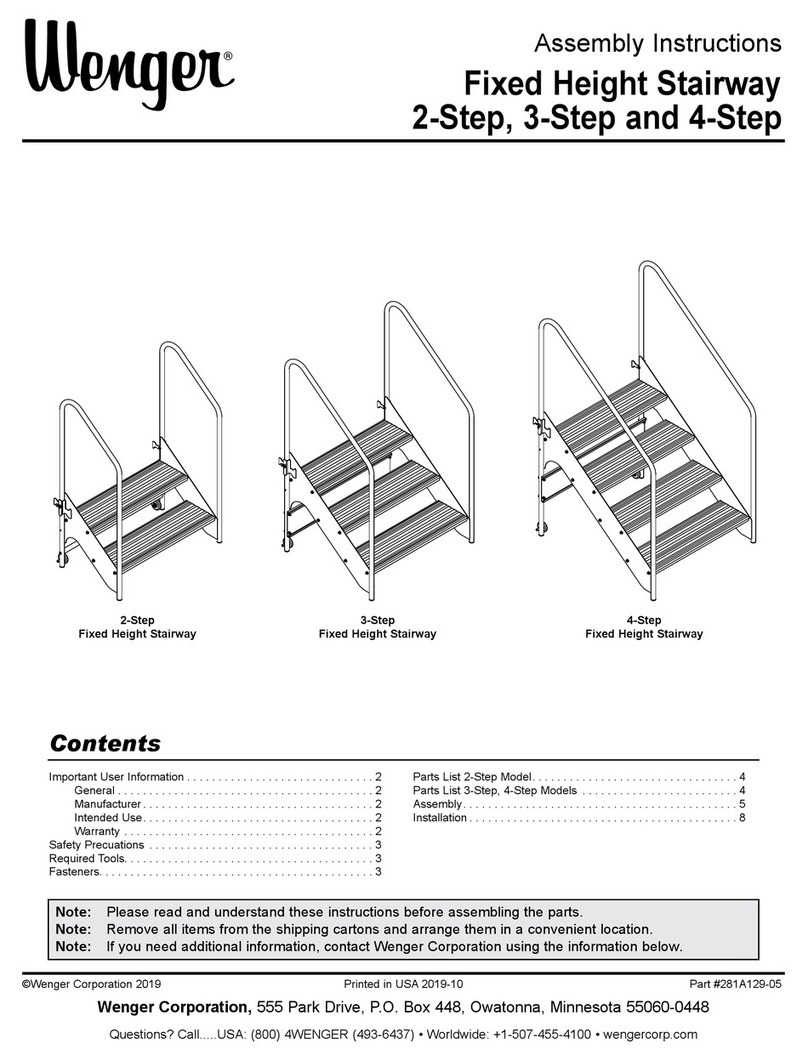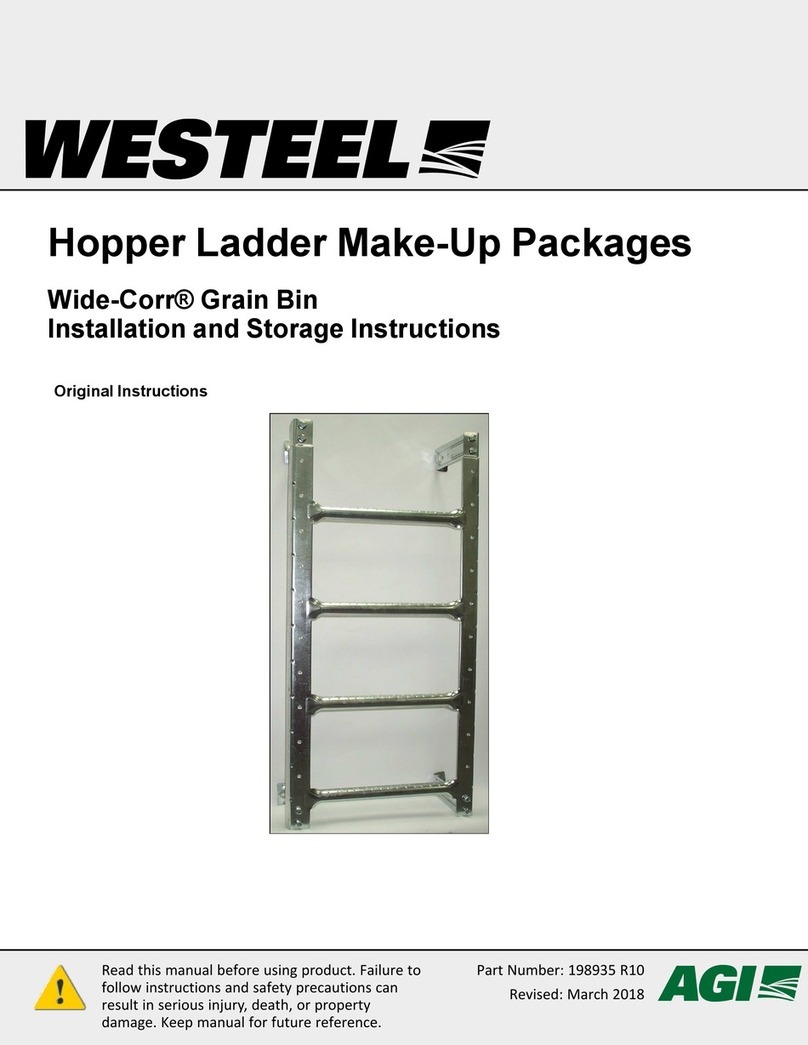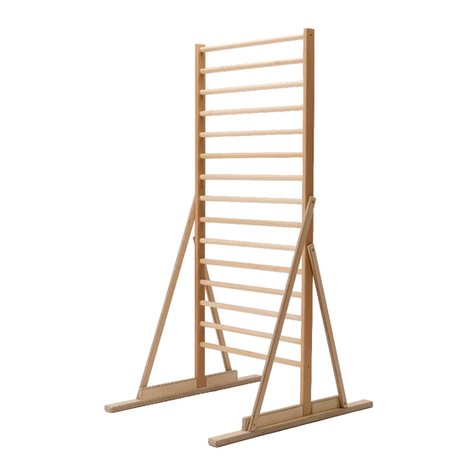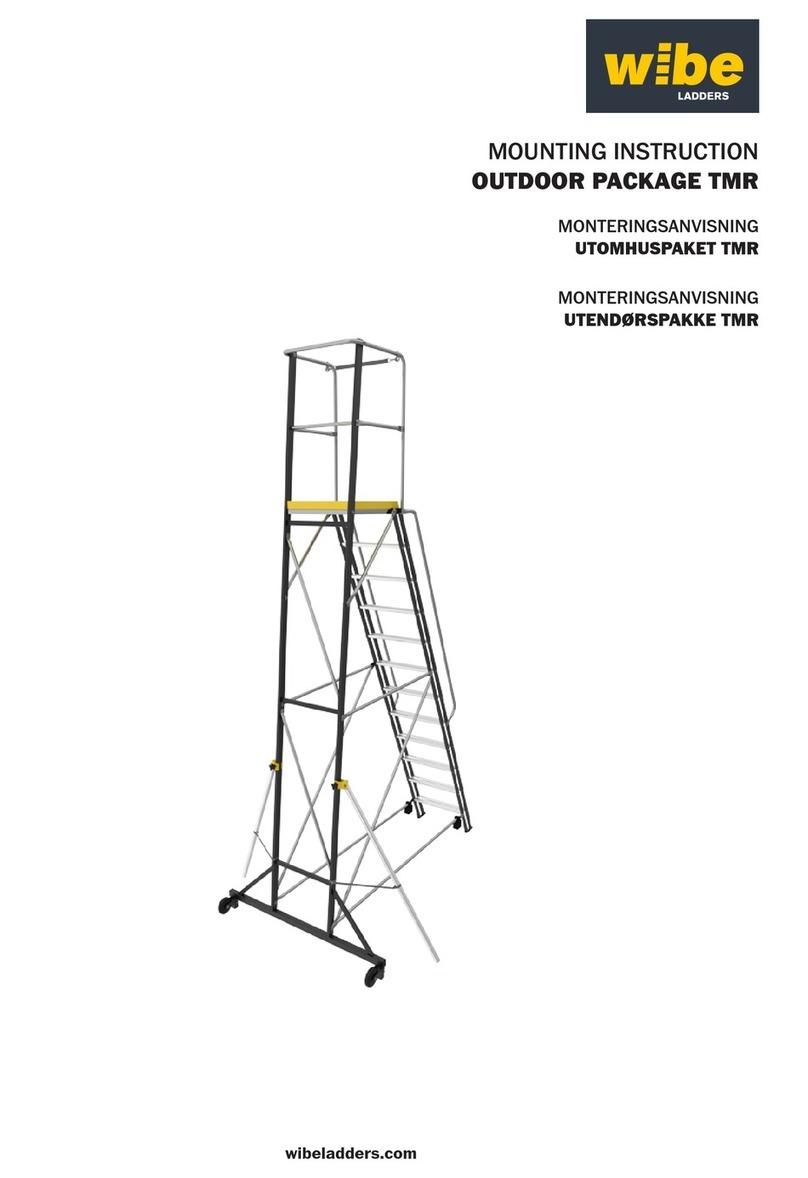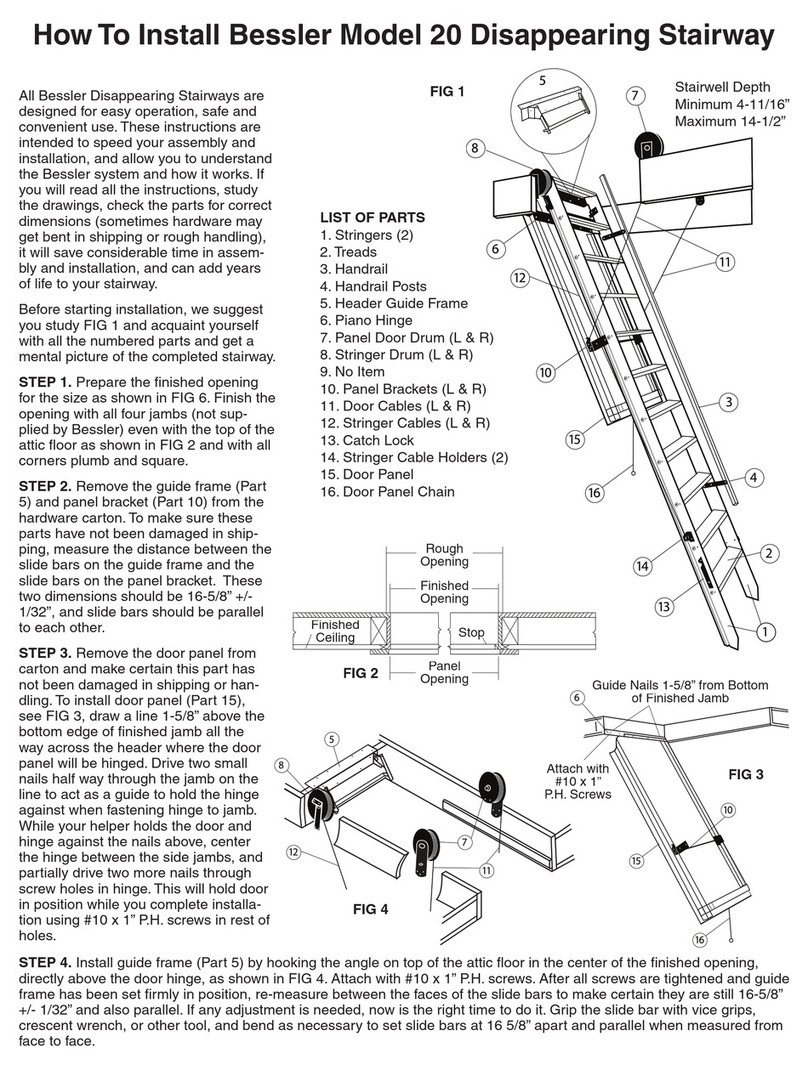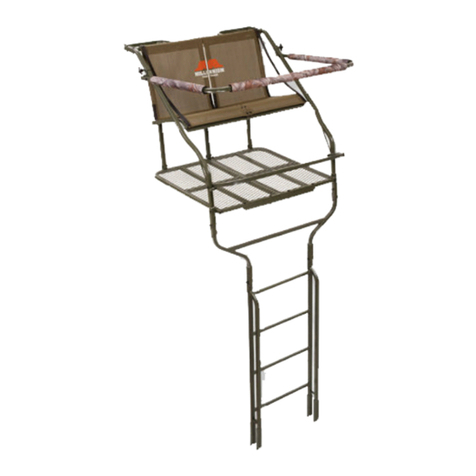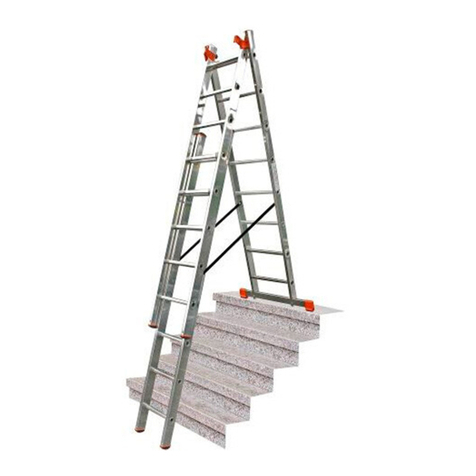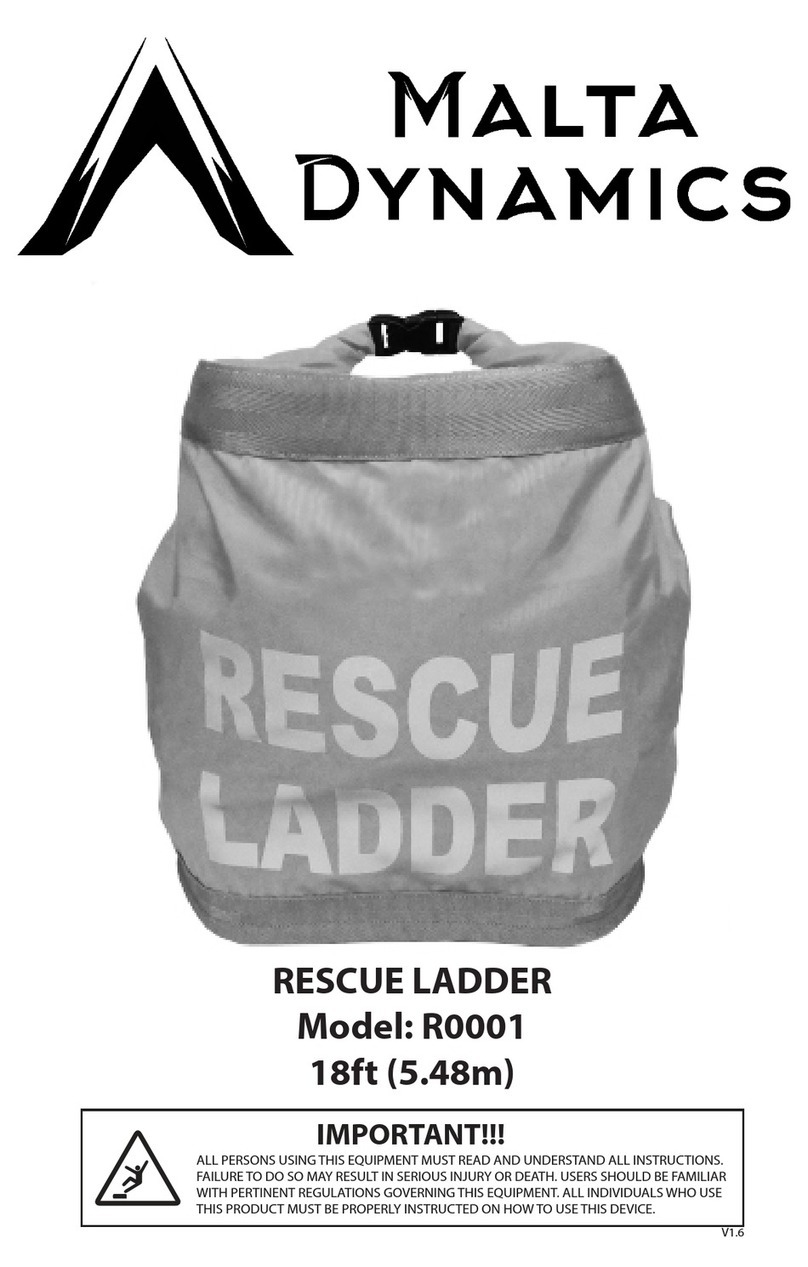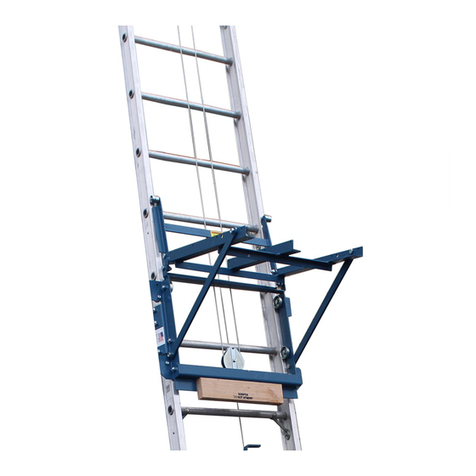
LADDER – WIDE-CORR® GRAIN BIN
198925 R27 3
CONTENTS
1. Introduction ............................................................................................................................................ 5
2. Safety....................................................................................................................................................... 6
2.1. Safety Alert Symbol and Signal Words..................................................................................... 6
2.2. General Product Safety ............................................................................................................ 6
2.3. Personal Protective Equipment................................................................................................ 6
2.4. Safety Decals ............................................................................................................................ 7
2.5. Decal Installation/Replacement ............................................................................................... 7
2.6. Safety Decal Locations and Details .......................................................................................... 8
3. Before You Begin .................................................................................................................................... 9
3.1. Bin Design and Capacity........................................................................................................... 9
3.1.1 Roof Design Capacities for Non-Structural Roofs .................................................... 10
3.1.2 Roof Design Capacities for Structural Roofs ............................................................ 11
3.1.3 Roof Snow Load vs. Ground Snow Load .................................................................. 12
3.2. Foundation Design and Loads ................................................................................................ 12
3.3. Site and Assembly .................................................................................................................. 12
3.4. Methods of Installation .......................................................................................................... 12
3.5. Critical Assembly Requirements ............................................................................................ 13
3.6. Product Storage...................................................................................................................... 14
3.7. Grain Bin Use.......................................................................................................................... 15
3.8. Important Notes ..................................................................................................................... 15
4. Preparation ........................................................................................................................................... 16
4.1. Check Shipment...................................................................................................................... 16
4.2. List of Tools and Equipment................................................................................................... 16
4.3. Order Optional Equipment..................................................................................................... 16
5. Assembly ............................................................................................................................................... 17
5.1. Assembly Safety ..................................................................................................................... 17
5.2. OSHA (for North America) Suggested Ladders, Cages and Platform Layouts ....................... 18
5.3. ANSI (for North America) Suggested Ladders, Cages and Platform Layouts......................... 19
5.4. EN ISO 14122 (for Europe) Ladders, Cages and Platform Layouts ........................................ 20
5.5. Planning the Location of Ladder Components ...................................................................... 23
5.6. Ladder Installation.................................................................................................................. 25
5.7. Ladder Cage Installation......................................................................................................... 32
5.8. Platform Installation............................................................................................................... 33
5.8.1 Platform Structure to Bin Wall Connection ............................................................. 33
5.8.2 Platform Plank to Platform Structure ...................................................................... 35
5.8.3 Corner Channel to Platform ..................................................................................... 37
5.8.4 Hand Rails and MidRails to Platform ....................................................................... 38
5.8.5 Platform to Safety Cage ........................................................................................... 39
5.9. Ladder Platform - EU-234608................................................................................................. 40
5.9.1 Extension Posts to Angle and Channel Post............................................................. 40
5.9.2 Tube Rails to Platform.............................................................................................. 41
5.9.3 Safety Cage and Support Arm to Platform .............................................................. 41
5.9.4 Ladder to Platform Connection - EN Version .......................................................... 43
5.10. Top Platform for Use with Wall Ladders - 234607 .............................................................. 44
5.10.1 Top Platform Assembly .......................................................................................... 44
5.10.2 Cage Assembly for Top Platform ........................................................................... 45

